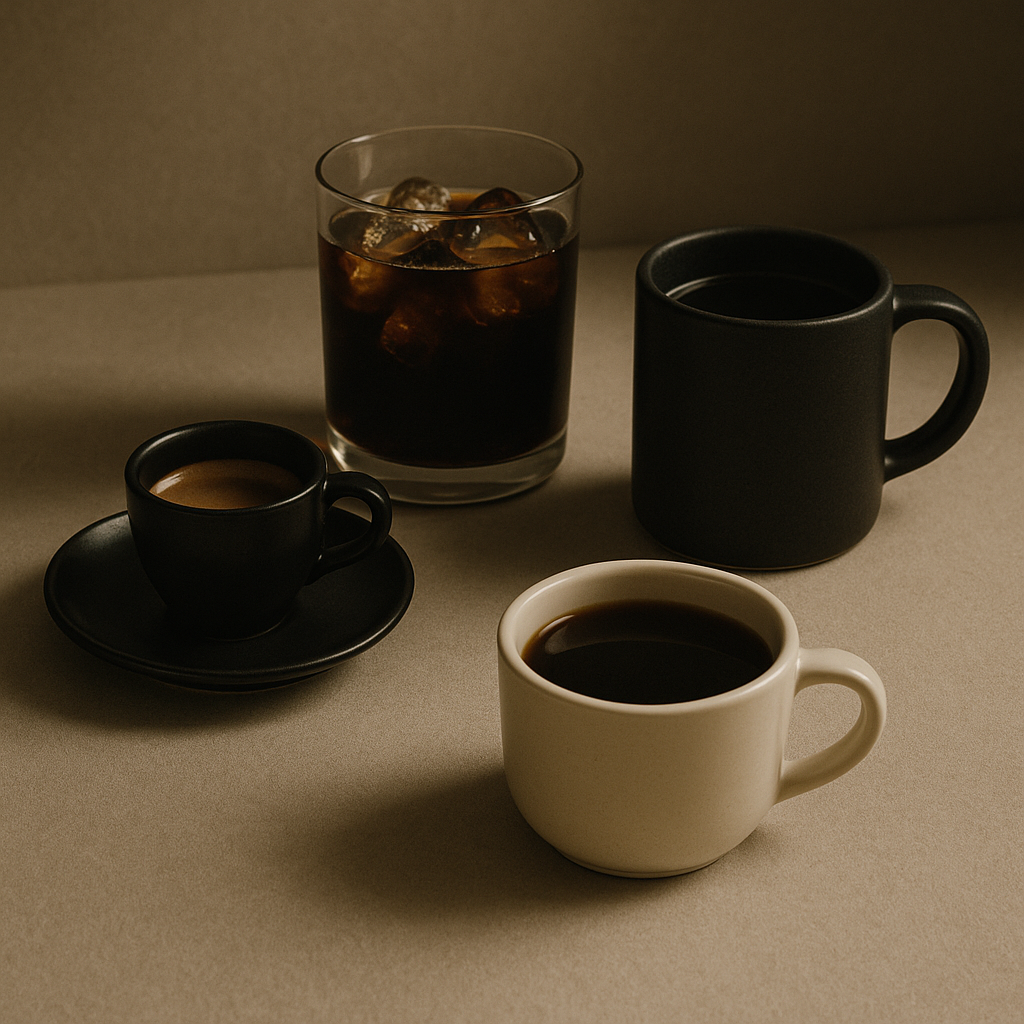

Light Roast Coffee and Caffeine – Separating Fact from Fiction
Walk into any café and you might overhear someone say, “I prefer a light roast – it has more caffeine,” or conversely, “Dark roast is stronger and will keep me awake longer.” The relationship between roast level and caffeine is one of the most misunderstood aspects of coffee. Let’s break down the facts and fiction around light roast coffee and caffeine content.
Does Roast Level Affect Caffeine Content?
The straightforward answer is not as much as you’d think. Here are the key points:
• Caffeine’s Stability:
Caffeine is a relatively stable compound. When coffee beans are roasted, most of the changes involve sugars, acids, and aromatic compounds. Caffeine, however, doesn’t degrade significantly until temperatures far higher than what we reach in typical roasting. This means that a bean roasted light or dark retains most of its original caffeine.
• Weight vs Volume:
The small differences that do exist in caffeine between light and dark roasts come down to density. Light roast beans are more dense (they’ve been roasted for less time and haven’t expanded as much), while dark roast beans are porous and less dense.
If you measure your coffee by scoops or volume, a scoop of light roast might contain more coffee mass (and thus a bit more caffeine) than a scoop of dark roast, simply because the light roast beans are smaller and denser.
But if you measure by weight (grams), 20g of light roast and 20g of dark roast will have virtually the same caffeine. Any difference is so minor that you likely won’t notice it in terms of your energy or alertness.
In essence, whether you drink light or dark roast, if you use the same amount of coffee, you’re getting a comparable dose of caffeine. The roast level is not a reliable way to boost your caffeine intake.
Why Do Some Coffees Seem to Kick Harder?
If caffeine content doesn’t vary much by roast, why do people report feeling more kick from one coffee vs another? Several factors might be at play:
• Coffee Species:
The type of bean matters. Arabica vs Robusta is a big one. Arabica beans (which include most high-quality specialty coffee and thus most light roasts) have roughly half the caffeine of Robusta beans. Many commercial dark roast blends (think diner coffee or some espressos) quietly include Robusta for an extra caffeine kick.
A light roast single-origin Arabica will have less caffeine than a dark roast blend with Robusta – not because of roast, but because of bean type.
• Brew Strength and Method:
How you brew can affect how much caffeine ends up in your cup. Espresso, for example, is very concentrated, but a single shot is a small volume, often containing less total caffeine than a large mug of filter coffee.
A light roast brewed as filter might actually deliver more caffeine in total than a dark roast espresso, simply due to volume. Cold brew tends to extract quite a lot of caffeine due to long steep times. So, method and recipe play a significant role.
• Psychological Perception:
There’s also the psychological aspect. A bold, bitter taste can trick our brains into feeling like there’s a stronger effect. Dark roasts taste robust and intense; we might subconsciously associate that with a bigger caffeine jolt.
Light roasts taste smoother and brighter, so we might perceive them as gentler. In reality, it could be just perception – the caffeine is similar, but our senses are telling a different story.
How to Get More or Less Caffeine from Your Coffee
If managing caffeine is your goal (more or less of it), consider these tips rather than fretting over roast level:
• Adjust your dose: The simplest way to increase caffeine intake is to use a bit more coffee grounds for brewing (within reason) or drink a larger volume. To reduce caffeine, use a bit less coffee or stick to one cup instead of two.
• Brewing method: A longer brew like a cold brew or a filtered coffee using a percolator can extract caffeine more fully. Espresso gives you caffeine quickly but in a small package – you might actually consume more caffeine sipping a large filter coffee for an hour.
• Time of day and sensitivity: Remember that your body’s sensitivity to caffeine and the time you drink it (morning vs evening) can matter more for how you feel than the difference between a light and dark roast.
The bottom line on light roast coffee and caffeine is that roast level isn’t the magic key to caffeine content. Light roasts don’t inherently have significantly more caffeine than dark roasts. That’s a fiction we can put to rest.
Both can deliver the kick you need if brewed in the right amount. Your choice of light vs dark should be guided by flavour preference rather than caffeine myths.
So next time someone claims their light roast will keep them up all night, you’ll know the science: it’s likely the same caffeine as any other coffee, just wrapped in a different flavour profile. Enjoy your coffee for the taste, and adjust your caffeine by how you brew and how much you sip.
